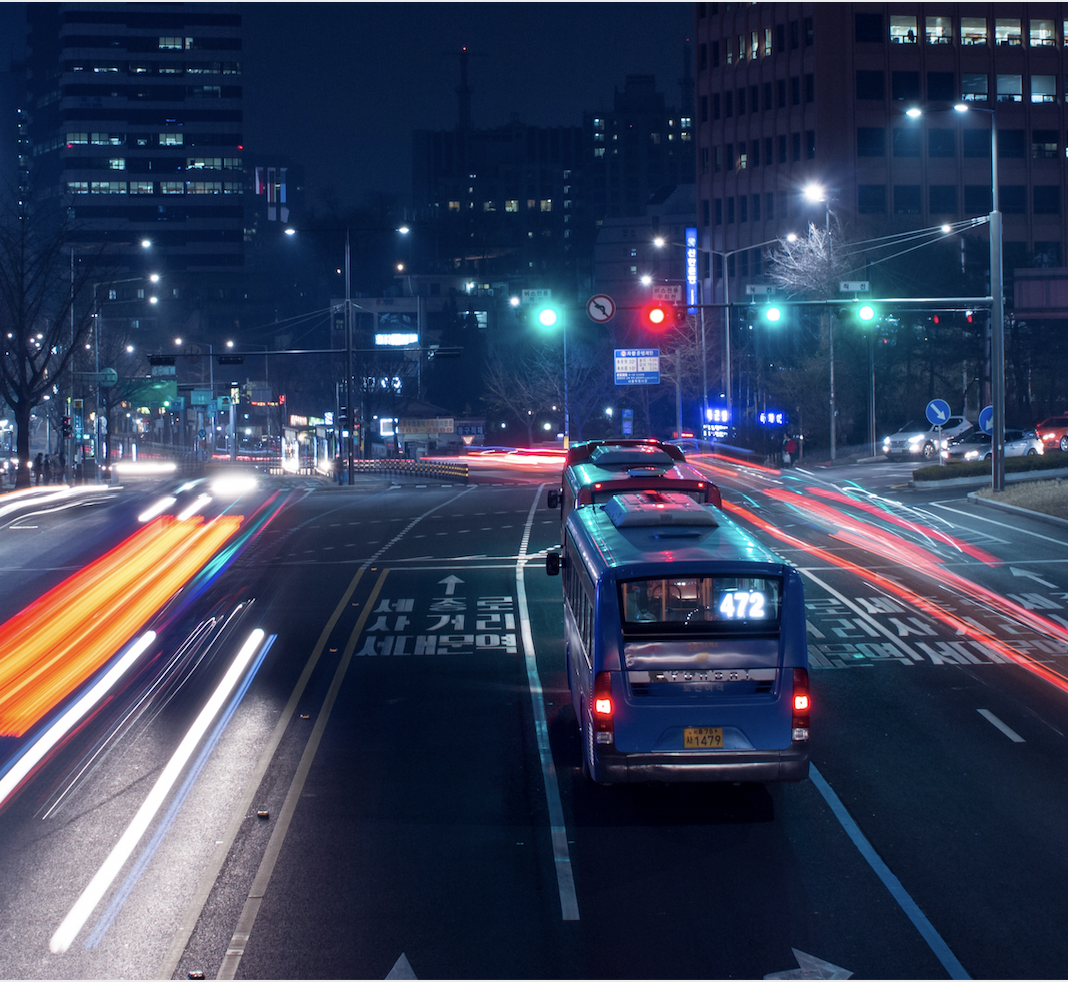
You should get credit where credit is due. Unfortunately, “Dark Traffic” can be hidden from Google Analytics and website clicks that you drive from social media might not be showing up. Read on to learn everything you need to know about “dark traffic” and what you should do to combat it.

First of all, dark traffic will show up in your Google Analytics as “direct/none.”Likely, you’ll see this in your top 5 ‘source / medium’. The standard belief is that direct traffic is from users typing in a URL or bookmarking the page, but this isn’t entirely true. Basically, it is a catch-all for traffic that Google Analytics can’t track where it’s coming from. For more info on direct traffic, click here.
However, dark traffic is any traffic that Google Analytics is improperly recording as ‘direct/none.’ This means that ‘direct/none’ traffic is being overreported and other sources, such as paid or social might be underreported. What does it mean for you? It means that your efforts could be going unacknowledged.

How does dark traffic occur? The two most common causes are URL shorteners like Bit.ly or Hootsuite, or Desktop programs and mobile applications like Outlook or Apple Mail. For example, if you post a shortened link on Twitter and a user clicks it, it does not calculate on Google Analytics. The same goes for when you send out an email newsletter and a user clicks on it from a mobile email application. In both of these instances, Google Analytics will incorrectly categorize it as ‘direct/none.’ Learn more here.

The answer is plain and simple: utilize UTM codes. A UTM code is a code that is easily added to the end of a URL to track the performance of your marketing efforts. This may sound confusing, but have no fear! As you should still use shortened links, Google offers a Campaign URL Builder(with a bit.ly shortener option) for you to utilize and there’s a Chrome extension that you can try, too!
When you’re using the tool, keep in mind that “source” and “medium” are the most important. Some platforms, likeFacebook and
Dark traffic,
For more ways to stay up-to-date on the latest digital marketing trends, be sure to subscribe to our e-newsletter and follow us across social media! If you’re looking for more direct help with your latest campaign, feel free reach out directly!

